Home>Construction & Tools>Building Materials>What Kind Of Paint Do You Use On Stucco
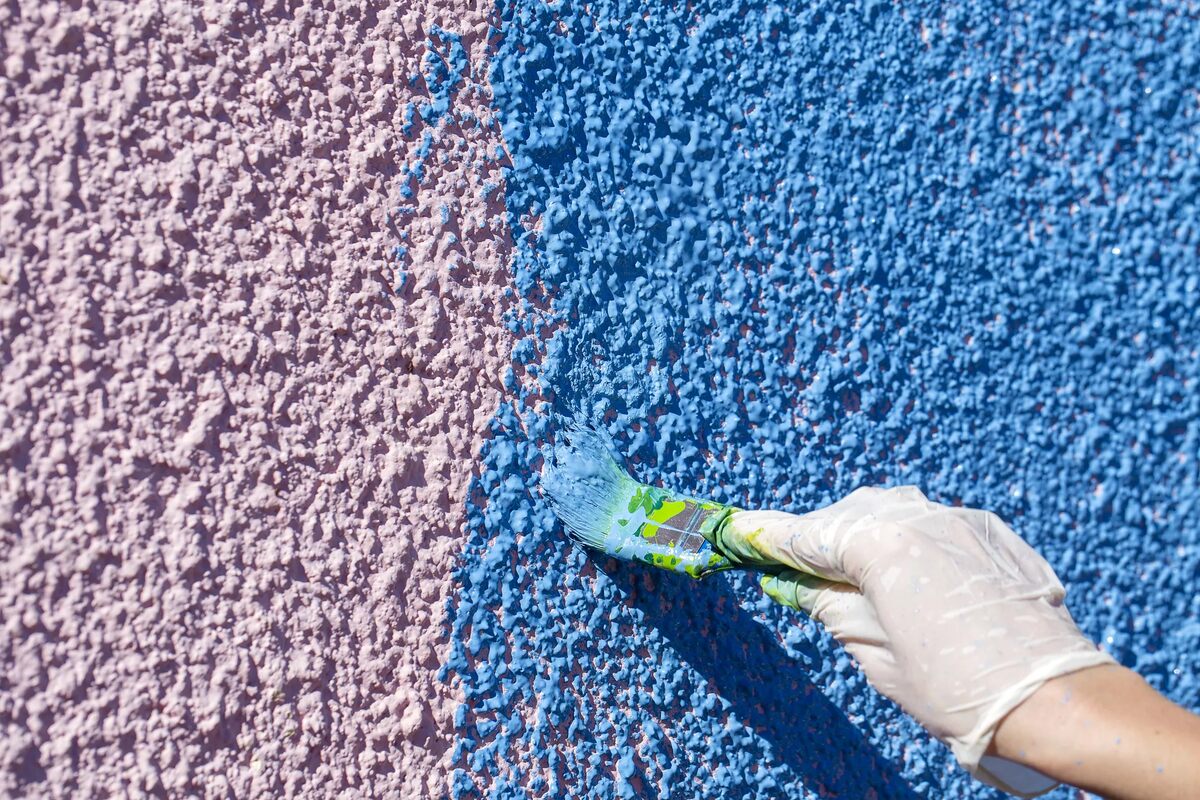

Building Materials
What Kind Of Paint Do You Use On Stucco
Modified: March 2, 2024
Discover the best paint for stucco and other building materials. Find expert tips and recommendations for painting stucco surfaces.
(Many of the links in this article redirect to a specific reviewed product. Your purchase of these products through affiliate links helps to generate commission for Storables.com, at no extra cost. Learn more)
Introduction
When it comes to enhancing the aesthetic appeal of your home's exterior, few things can make as dramatic a difference as a fresh coat of paint on your stucco walls. The vibrant, eye-catching allure of a well-maintained stucco finish can instantly elevate the curb appeal of any property, adding a touch of charm and sophistication. However, achieving this stunning transformation requires more than just a few strokes of a paintbrush. It demands a deep understanding of stucco, the right type of paint, and the proper techniques for application.
In this comprehensive guide, we will delve into the world of stucco and explore the various types of paint suitable for this versatile material. Whether you're a homeowner looking to revitalize your property or a contractor seeking valuable insights, this article will provide you with the knowledge and expertise needed to make informed decisions and achieve exceptional results.
Join us as we unravel the secrets of stucco painting, from understanding the nature of this unique surface to selecting the perfect paint and mastering the art of application. By the end of this journey, you will be equipped with the know-how to transform your stucco walls into stunning works of art that withstand the test of time. So, let's embark on this enlightening expedition into the world of stucco and paint, where creativity meets durability and beauty blends seamlessly with functionality.
Key Takeaways:
- Choosing the right paint for stucco is crucial. Consider factors like climate, texture, color preference, maintenance, and adhesion to ensure a stunning and long-lasting finish.
- Properly preparing and applying paint to stucco surfaces is essential for a flawless and enduring finish. From cleaning and priming to using the right techniques, each step contributes to the transformation of stucco walls into captivating exterior features.
Read more: What Kind Of Paint Do You Use On Glass
Understanding Stucco
Stucco, a time-honored building material, has been adorning the exteriors of homes and structures for centuries, imparting a classic, Old-World charm to architectural designs. Composed of cement, sand, lime, and water, stucco offers a durable and versatile finish that can withstand diverse weather conditions while providing excellent insulation. Its ability to mold into various shapes and textures makes it a favored choice for creating intricate facades and decorative elements.
One of the defining features of stucco is its porous nature, which allows it to breathe and expand and contract with the surrounding environment. This unique characteristic makes stucco a popular choice for regions with fluctuating temperatures and high humidity. However, it also presents a challenge when it comes to painting, as the porous surface can absorb moisture and affect the adhesion and longevity of the paint.
Understanding the composition and behavior of stucco is crucial for achieving successful paint application. The surface must be thoroughly inspected for any cracks, efflorescence, or other imperfections that could compromise the paint’s performance. Proper preparation and maintenance of the stucco surface are essential to ensure the longevity and visual appeal of the paint finish.
Moreover, the texture of stucco varies, ranging from smooth to heavily textured, such as the popular Spanish or Mediterranean style finishes. Each texture presents its own set of challenges and considerations when it comes to painting. Therefore, a comprehensive understanding of stucco’s composition, characteristics, and potential challenges is vital for selecting the right paint and applying it effectively to achieve a flawless, enduring finish.
Now that we have gained insight into the nature of stucco, let’s explore the types of paint best suited for this distinctive material and the factors to consider when making this crucial decision.
Types of Paint for Stucco
Choosing the right paint for stucco is a pivotal decision that significantly impacts the longevity and visual appeal of the finish. Stucco’s porous nature requires a paint that can effectively adhere to the surface, withstand environmental elements, and resist cracking and fading over time. Fortunately, there are several types of paint specifically formulated to meet the unique demands of stucco surfaces.
1. Acrylic Paint: Acrylic-based paints are a popular choice for stucco due to their durability and flexibility. These paints form a resilient, breathable film that allows moisture to escape, preventing blistering and peeling. Additionally, acrylic paints offer excellent adhesion, UV resistance, and color retention, making them suitable for stucco surfaces exposed to harsh sunlight and fluctuating weather conditions.
2. Elastomeric Paint: Elastomeric paints are specially designed to accommodate the expansion and contraction of stucco, making them an ideal choice for textured and uneven surfaces. The elastic properties of these paints enable them to bridge small cracks and gaps, providing a protective, waterproof barrier that safeguards the stucco substrate. Elastomeric paints offer superior flexibility and are highly resistant to cracking, making them well-suited for regions prone to temperature variations and severe weather.
3. Lime Wash: For homeowners seeking a more traditional and breathable finish, lime wash presents an appealing option for stucco surfaces. Made from natural lime and water, lime wash penetrates the stucco, creating a translucent, matte appearance that allows the texture of the stucco to remain visible. Lime wash is renowned for its ability to age gracefully, developing a charming patina over time while offering protection against mold and mildew.
4. Mineral Silicate Paint: Mineral silicate paints, also known as potassium silicate paints, bond chemically with the stucco substrate, creating a durable and long-lasting finish. These paints are resistant to UV radiation, fire, and weathering, making them an excellent choice for stucco exteriors. Mineral silicate paints provide a mineral matte appearance and are environmentally friendly, as they do not contain organic solvents.
When selecting the right paint for stucco, it is essential to consider the specific requirements of the surface, the climate and environmental factors, as well as the desired aesthetic outcome. Each type of paint offers distinct advantages and considerations, and understanding their properties is crucial for making an informed decision that aligns with the unique characteristics of stucco.
With an array of paint options at our disposal, the next step is to explore the factors that influence the selection of the most suitable paint for stucco surfaces.
Choosing the Right Paint for Stucco
When it comes to selecting the perfect paint for stucco surfaces, several key factors must be carefully considered to ensure optimal results and long-term satisfaction. The following considerations play a crucial role in determining the most suitable paint for stucco:
- Climate and Environmental Conditions: The climate in which the property is located significantly influences the choice of paint. Regions with high humidity, intense sunlight, or frequent temperature fluctuations require paints with superior resistance to these environmental factors. For coastal areas, where salt air can impact exterior surfaces, selecting a paint with enhanced durability and salt resistance is essential.
- Surface Texture: The texture of the stucco surface influences the type of paint that will adhere effectively and enhance the visual appeal. Smooth stucco surfaces accommodate a wide range of paint options, while heavily textured or rough finishes may benefit from elastomeric paints, which can bridge surface irregularities and provide a uniform appearance.
- Color and Aesthetic Preferences: The desired color scheme and aesthetic vision for the property guide the selection of paint. It is important to choose a paint that offers a broad spectrum of colors and maintains its vibrancy over time, especially when exposed to direct sunlight. Additionally, some homeowners may prefer breathable, natural finishes, such as lime wash, to achieve a rustic or aged appearance.
- Maintenance and Longevity: Longevity and ease of maintenance are critical factors in choosing the right paint for stucco. Durable paints that resist fading, cracking, and mildew growth contribute to the longevity of the finish, reducing the frequency of repainting and maintenance efforts.
- Compatibility and Adhesion: Ensuring that the selected paint is compatible with stucco and offers strong adhesion is paramount. The paint should effectively bond with the stucco substrate, preventing peeling, flaking, and premature deterioration. Additionally, the paint’s breathability is crucial for allowing moisture vapor to escape, preventing moisture-related issues.
By carefully evaluating these factors, homeowners and contractors can make informed decisions when choosing the right paint for stucco, aligning the selection with the unique characteristics and requirements of the surface. Whether prioritizing durability, weather resistance, or aesthetic appeal, the chosen paint should harmonize with the stucco substrate to create a stunning and enduring finish.
With a clear understanding of the considerations involved in choosing the right paint, the next step in the stucco painting journey involves preparing the stucco surface to ensure optimal adhesion and a flawless finish.
When painting stucco, use an acrylic or elastomeric paint specifically designed for masonry surfaces. These types of paint are durable and provide good adhesion to the stucco surface.
Preparing Stucco for Painting
Proper preparation of the stucco surface is a critical precursor to achieving a flawless and enduring paint finish. The following steps outline the essential measures for preparing stucco for painting:
- Cleaning and Inspection: The stucco surface must be thoroughly cleaned to remove dirt, dust, mildew, and any other contaminants that could hinder paint adhesion. Pressure washing or scrubbing with a mild detergent can effectively cleanse the surface. Subsequently, a detailed inspection should be conducted to identify any cracks, chips, or areas of damage that require repair.
- Repairing Imperfections: Cracks, chips, and other imperfections in the stucco should be addressed before painting. Small cracks can be filled with a high-quality, paintable caulk, while larger cracks and damaged areas may necessitate the application of a stucco patching compound. Properly repairing these imperfections ensures a smooth and uniform surface for the paint application.
- Priming the Surface: Applying a high-quality primer formulated for masonry and stucco surfaces is essential to promote adhesion and enhance the durability of the paint. The primer seals the stucco, prevents efflorescence, and creates a uniform surface for the paint to adhere to, ultimately contributing to a long-lasting finish.
- Protecting Surrounding Areas: Prior to painting, adjacent surfaces, such as windows, doors, and trim, should be carefully masked and protected to prevent unintended paint application. Additionally, drop cloths or tarps can shield the ground and landscaping from paint splatter and drips.
- Choosing the Right Tools: Selecting the appropriate tools, such as high-quality paint brushes, rollers, or sprayers, is crucial for achieving a professional and even application of the paint. The chosen tools should align with the texture and intricacies of the stucco surface, allowing for efficient and effective coverage.
By diligently following these preparatory steps, homeowners and contractors can ensure that the stucco surface is primed for the successful application of paint. Thorough preparation not only enhances the aesthetic outcome but also contributes to the longevity and resilience of the painted finish.
With the stucco surface meticulously prepared, the next phase of the painting process involves applying the selected paint to transform the stucco into a striking and enduring exterior feature.
Applying Paint to Stucco
Applying paint to stucco surfaces demands precision, attention to detail, and an understanding of the unique characteristics of both the paint and the stucco substrate. The following steps outline the essential considerations and techniques for achieving a professional and enduring paint finish on stucco:
- Priming: As mentioned previously, priming the stucco surface is a crucial initial step that enhances adhesion and promotes the longevity of the paint finish. The primer should be applied evenly and allowed to dry thoroughly before proceeding with the paint application.
- Choosing the Right Paint: Selecting the appropriate type of paint for the stucco surface, considering factors such as texture, climate, and aesthetic preferences, is essential. Whether opting for acrylic, elastomeric, lime wash, or mineral silicate paint, ensuring compatibility with the stucco and the desired outcome is paramount.
- Application Techniques: When applying paint to stucco, utilizing the right techniques is vital for achieving an even and consistent finish. For textured stucco, using a high-quality roller with a thick nap can effectively navigate the surface irregularities and ensure thorough coverage. Additionally, a paint sprayer may be employed for large, smooth areas, providing efficient and uniform application.
- Multiple Coats: Depending on the type of paint and the desired opacity and color vibrancy, multiple coats may be necessary to achieve the desired result. Each coat should be applied methodically, allowing sufficient drying time between applications to ensure proper adhesion and a flawless finish.
- Weather Considerations: It is crucial to schedule the paint application during favorable weather conditions, avoiding extreme temperatures, high humidity, or direct sunlight. Ideal weather conditions contribute to optimal paint adhesion and drying, ultimately enhancing the resilience and visual appeal of the finish.
- Post-Application Inspection: Upon completing the paint application, a thorough inspection of the stucco surface should be conducted to identify any imperfections, missed spots, or inconsistencies. Touching up these areas promptly ensures a uniform and professional appearance.
By adhering to these guidelines and techniques, homeowners and contractors can achieve a stunning and enduring paint finish on stucco surfaces, elevating the aesthetic allure and protective capabilities of the exterior walls. The careful application of paint not only enhances the visual appeal of the property but also contributes to the preservation and longevity of the stucco finish.
With the paint expertly applied, the stucco walls are transformed into captivating exterior features that exude charm and durability, showcasing the seamless fusion of artistry and functionality.
Conclusion
Embarking on the journey of painting stucco surfaces is a transformative endeavor that harmonizes creativity, durability, and aesthetic enhancement. The timeless allure of stucco, coupled with the myriad options for paint selection and application, offers homeowners and contractors an opportunity to elevate the visual appeal and resilience of exterior walls.
Throughout this comprehensive guide, we have explored the intricacies of stucco, delved into the diverse types of paint suitable for this unique material, and elucidated the critical considerations and techniques for achieving a flawless and enduring paint finish. From understanding the porous nature of stucco to selecting the right paint, preparing the surface, and executing the application with precision, each step contributes to the creation of captivating and long-lasting exterior facades.
By comprehensively understanding the nature of stucco, selecting the appropriate paint type, and meticulously preparing and applying the paint, homeowners and contractors can transform stucco walls into enduring works of art that withstand the test of time and environmental elements. The seamless fusion of functionality and beauty is achieved through the thoughtful integration of paint that not only enhances the aesthetic allure but also fortifies the stucco surface against the rigors of nature.
As the final brushstroke completes the transformation, the stucco walls stand as enduring testaments to meticulous craftsmanship, timeless elegance, and the seamless fusion of art and architecture. The revitalized exteriors exude a captivating charm, inviting admiration and evoking a sense of pride in the artful preservation and enhancement of the property.
With the knowledge and expertise acquired from this guide, homeowners and contractors are empowered to embark on stucco painting endeavors with confidence, transforming ordinary exteriors into extraordinary showcases of enduring beauty and resilience. Each stroke of paint becomes a testament to the seamless fusion of artistry and functionality, creating a lasting impression that captivates the beholder and stands as a testament to meticulous craftsmanship and enduring allure.
As the sun sets on the completion of the stucco painting project, a new chapter begins—one where the timeless elegance and enduring resilience of stucco walls stand as a testament to the seamless fusion of artistry and functionality, captivating the senses and preserving the allure of the property for years to come.
Frequently Asked Questions about What Kind Of Paint Do You Use On Stucco
Was this page helpful?
At Storables.com, we guarantee accurate and reliable information. Our content, validated by Expert Board Contributors, is crafted following stringent Editorial Policies. We're committed to providing you with well-researched, expert-backed insights for all your informational needs.
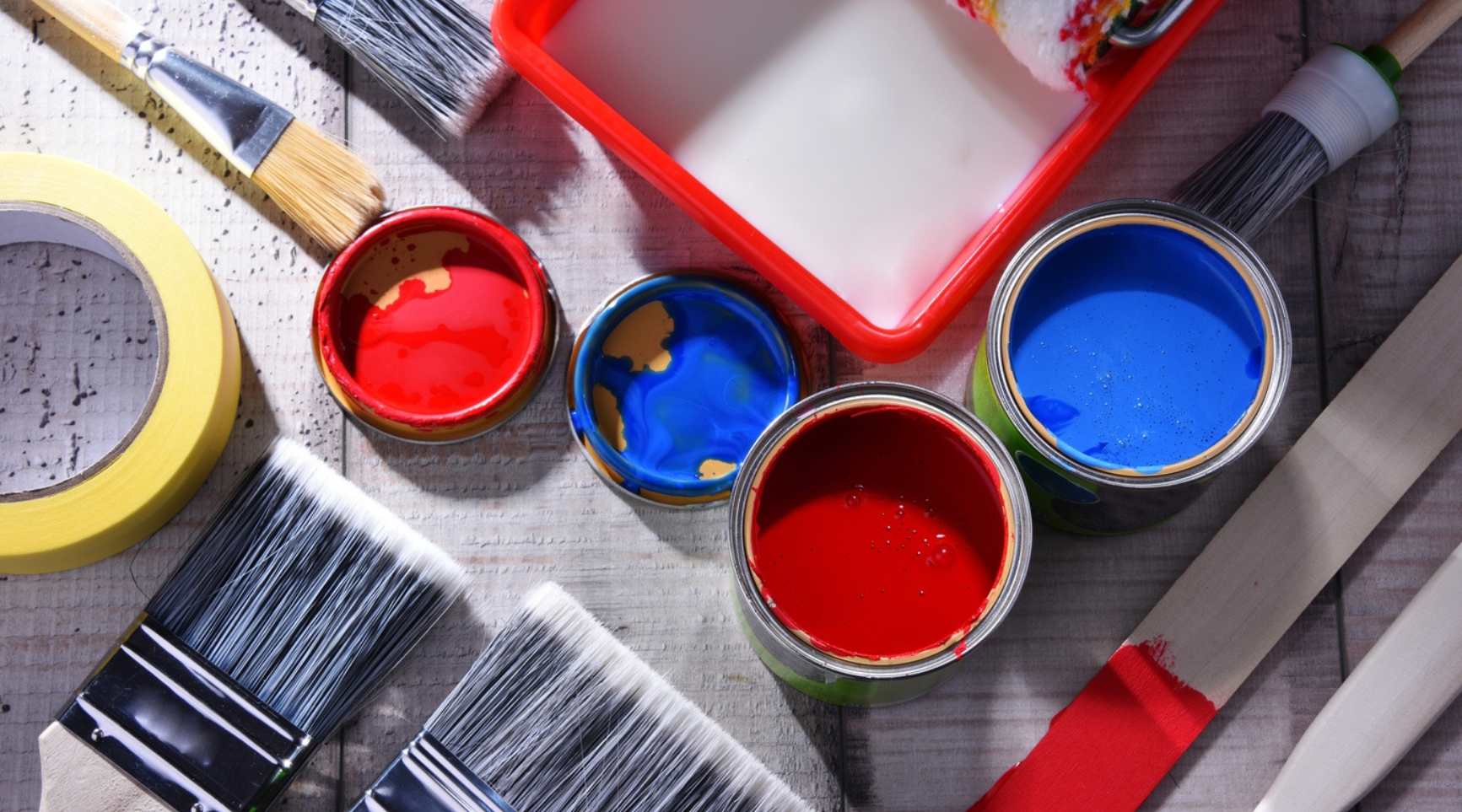
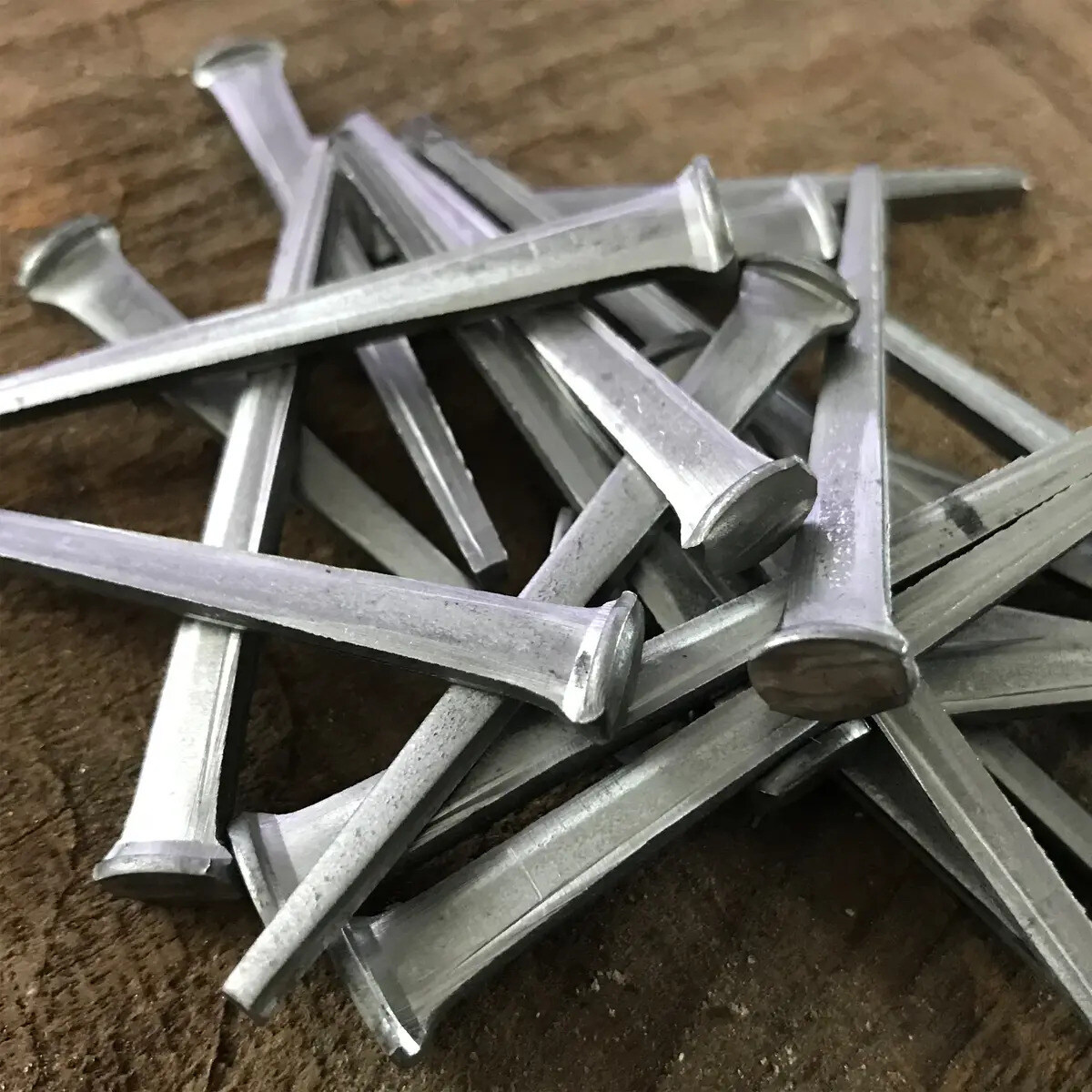


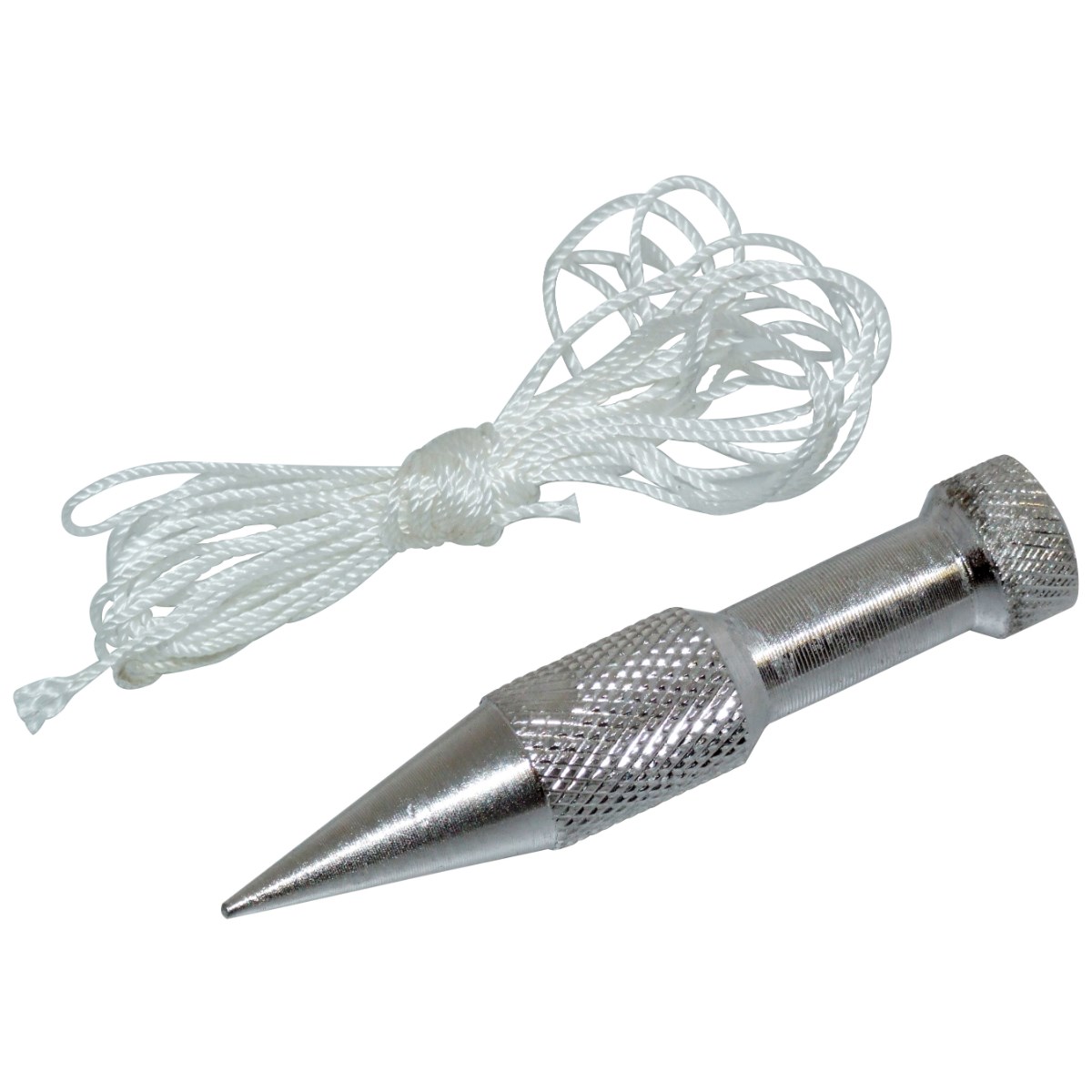
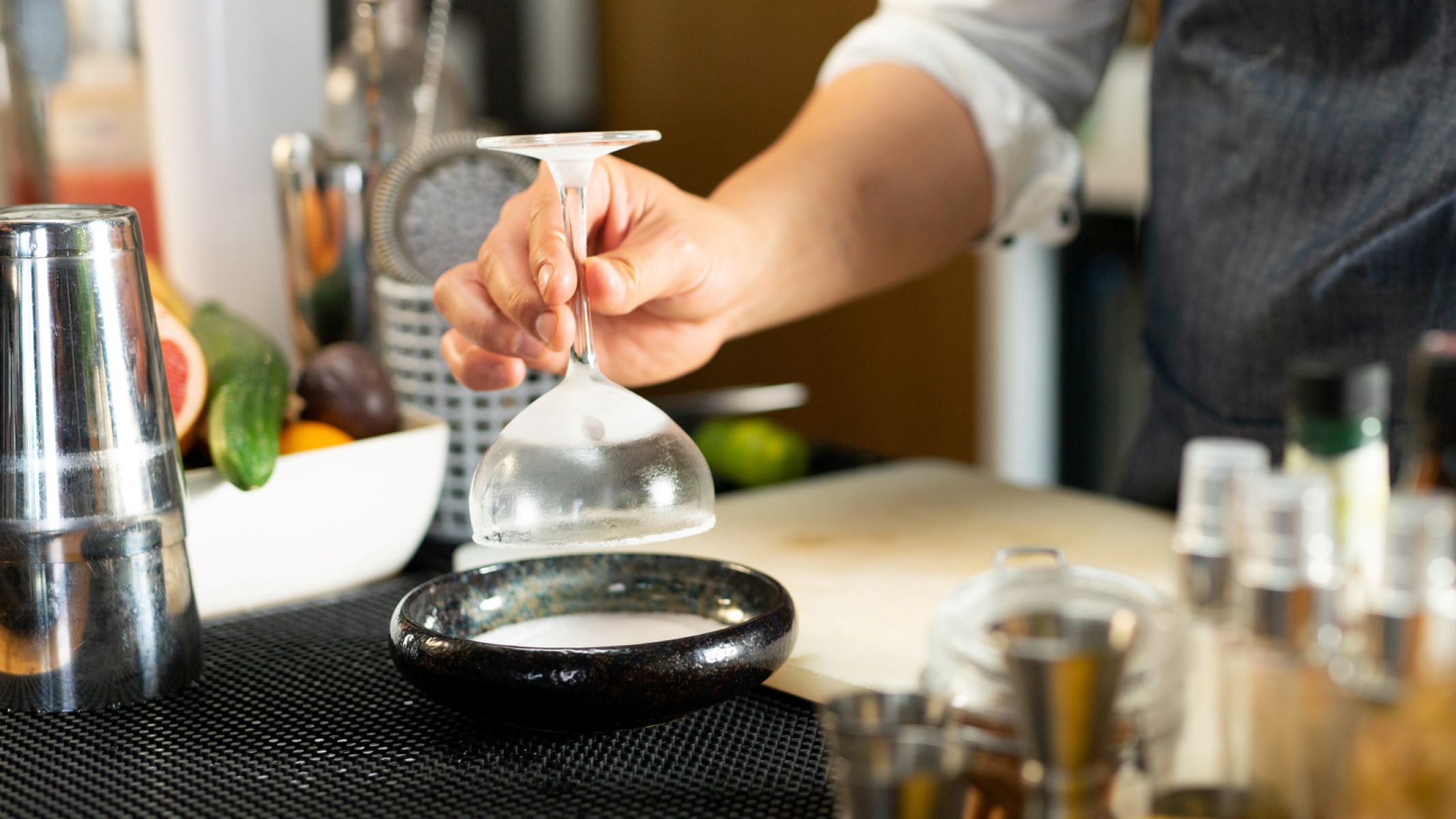
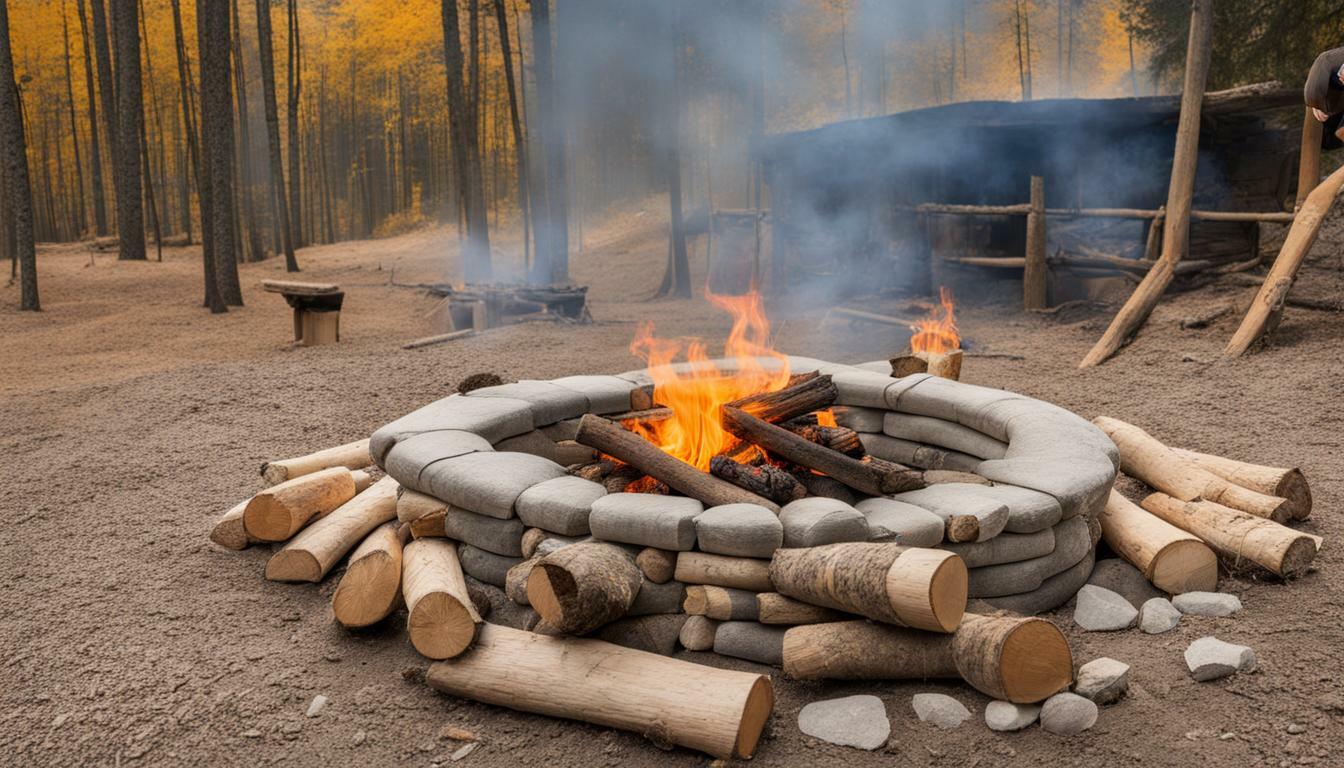
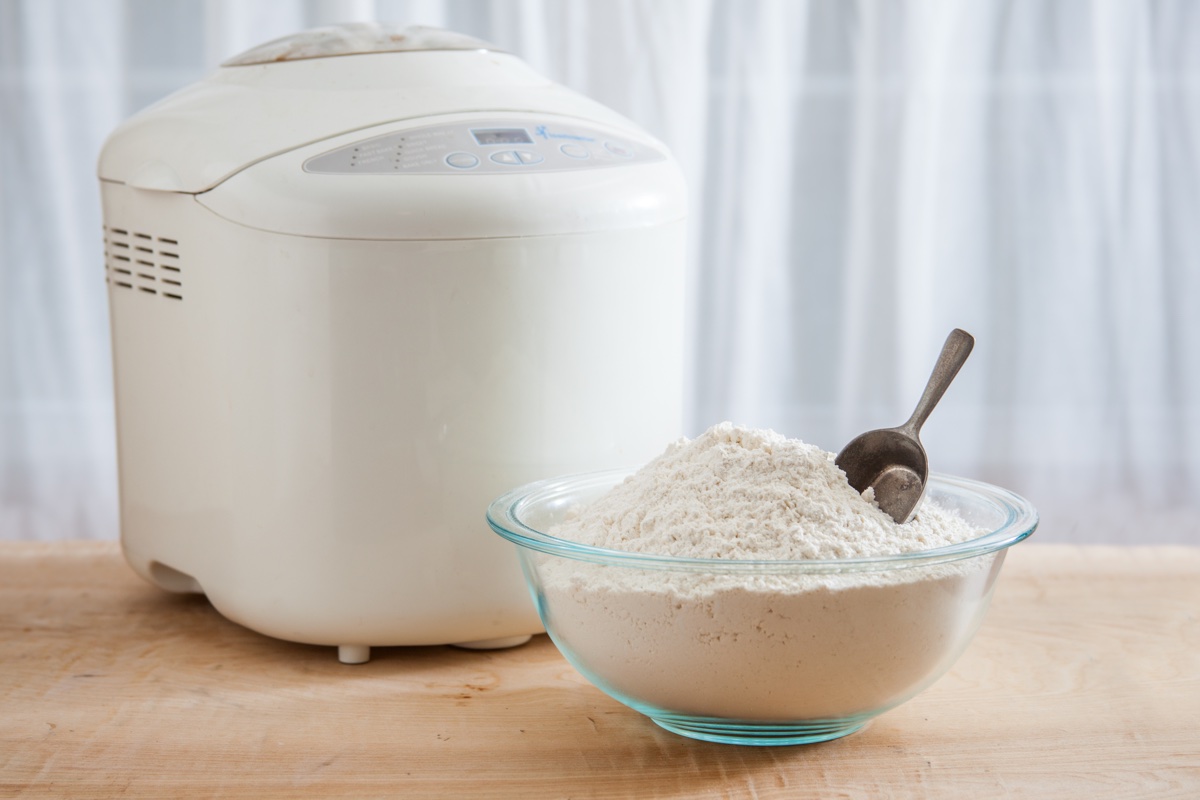

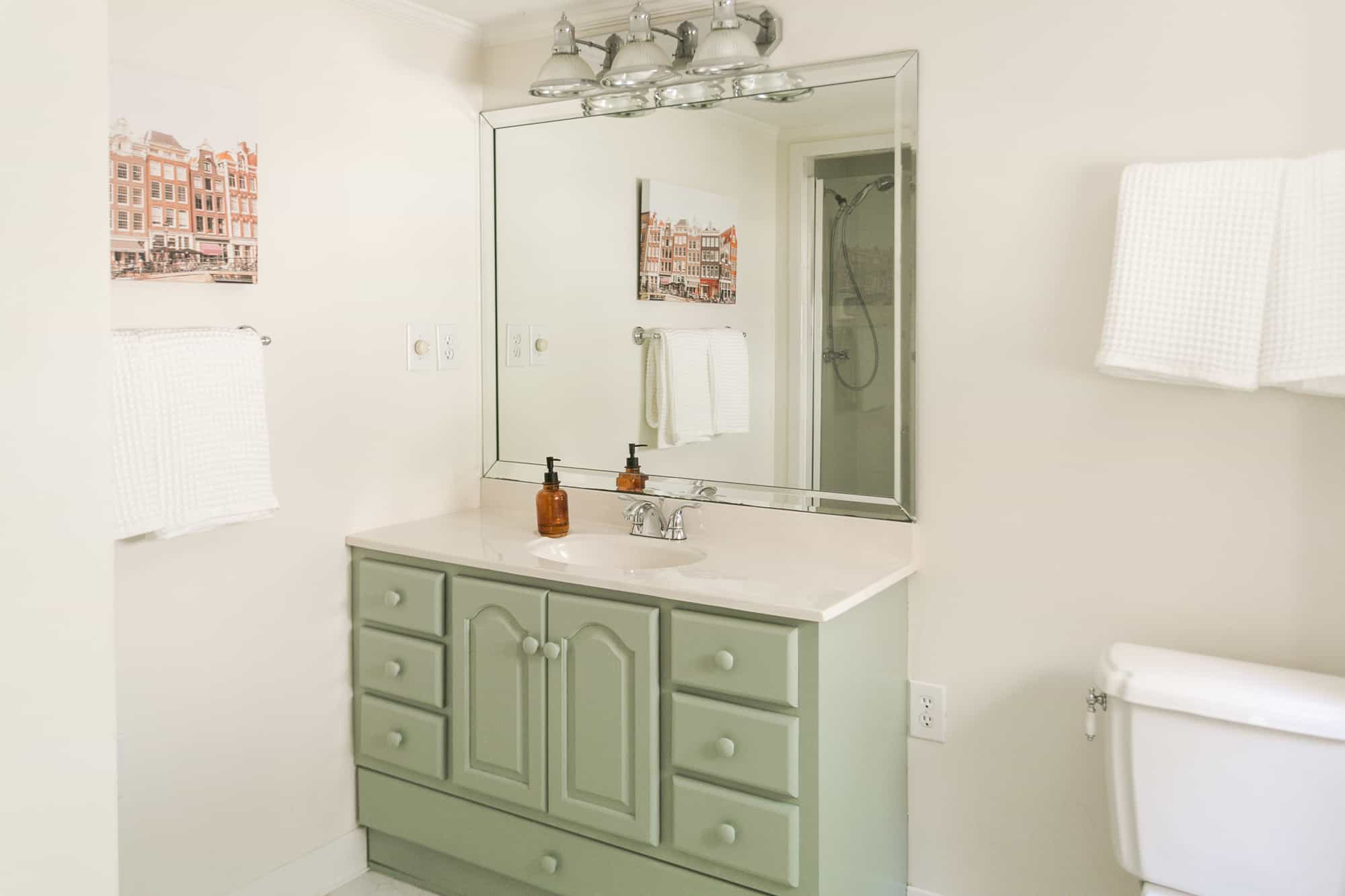
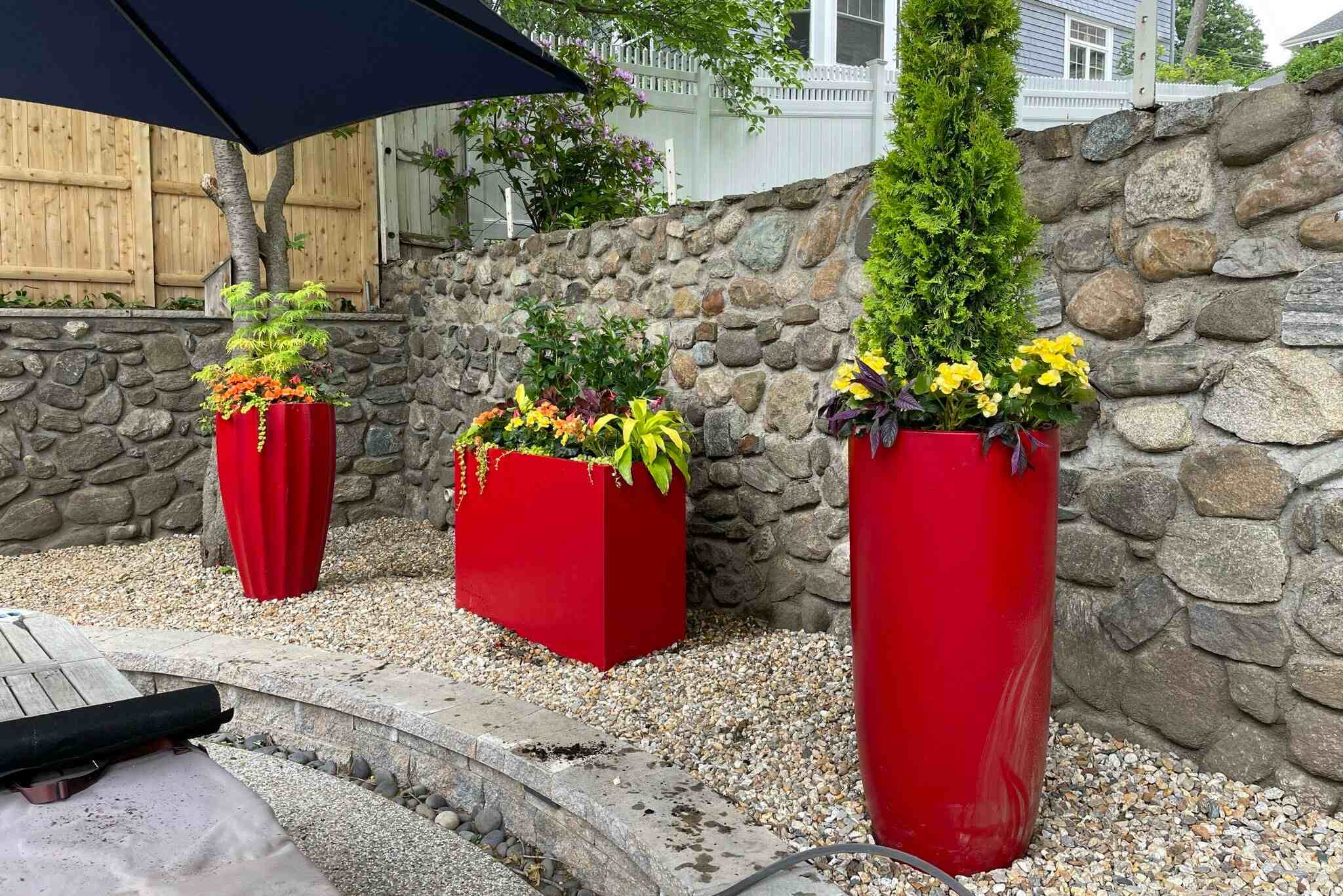

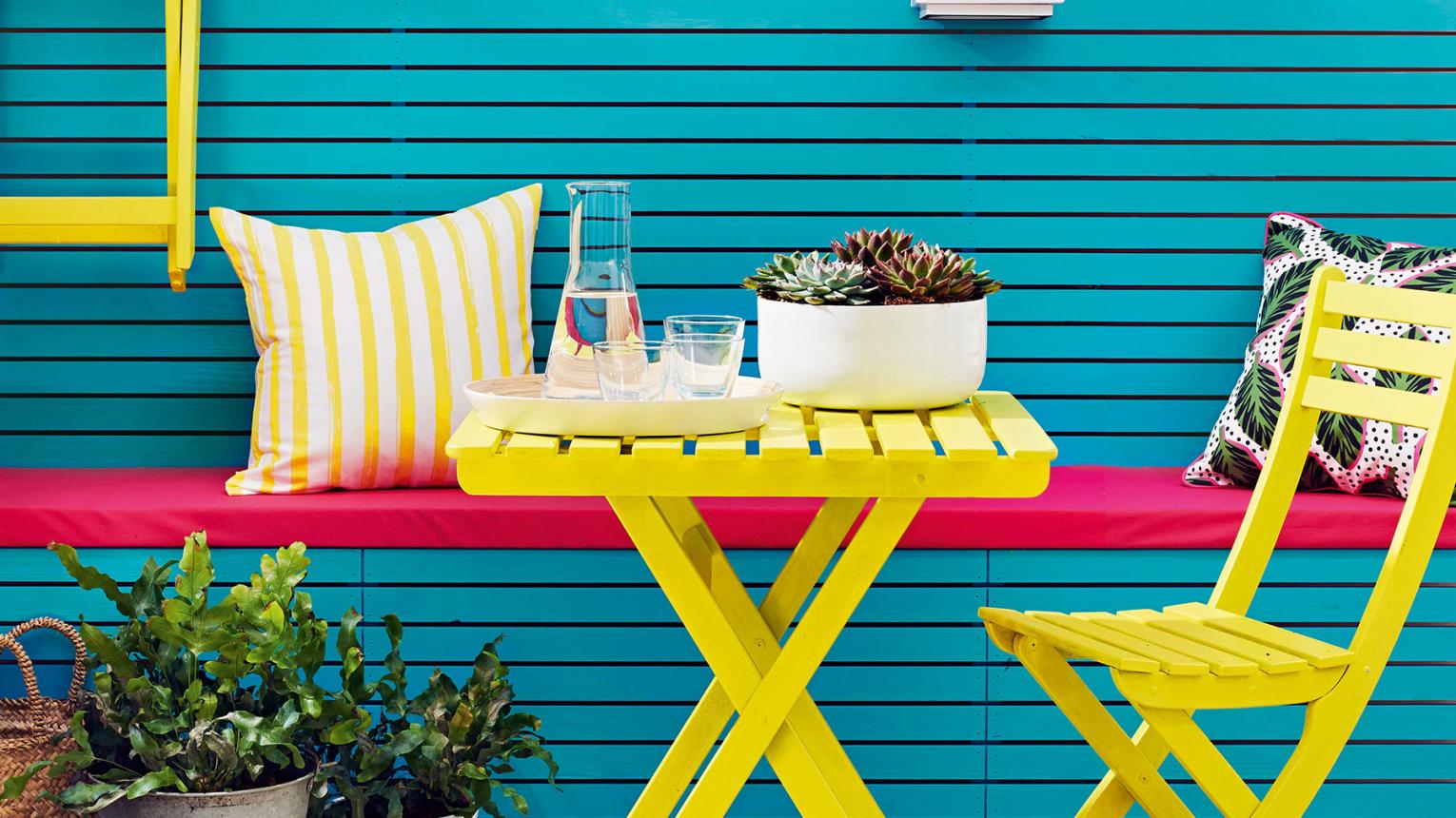
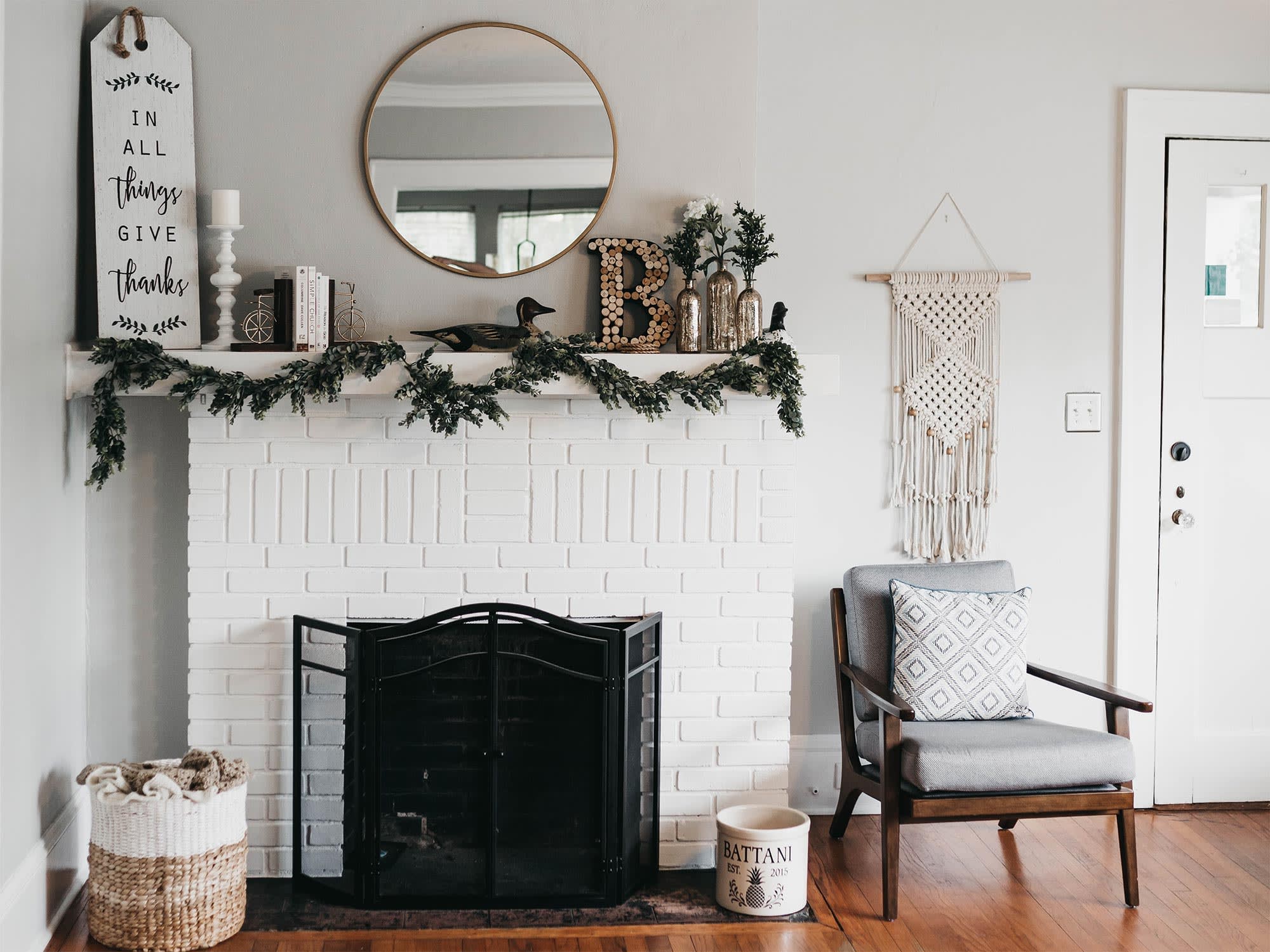

0 thoughts on “What Kind Of Paint Do You Use On Stucco”